Artistic Research
Professor of Mixed Media, performance and sound art Esther Venrooij considers her role of composer as occupying two different sensorial planes. She explores the way sound and movements inhabits space. Having collaborated on stage and in the studio with a variety of artists, her biography reads like a mixed media map of projects. She has presented her works extensively for audience. In 2015 she completed her PhD studies in Art at KULeuven ‘Audio Topography: the Interaction of Sound, Space and Medium’, and in 2018 she was granted a ZAP-mandate at KULeuven, and she is supervising doctoral research projects. She is part of the research group “The Drawing and the Space” at department of Architecture at KULeuven, Belgium.
More information: www.thedrawingandthespace.info www.luca-arts.be/nl/dr-esther-venrooij
You See, I Write by Ear
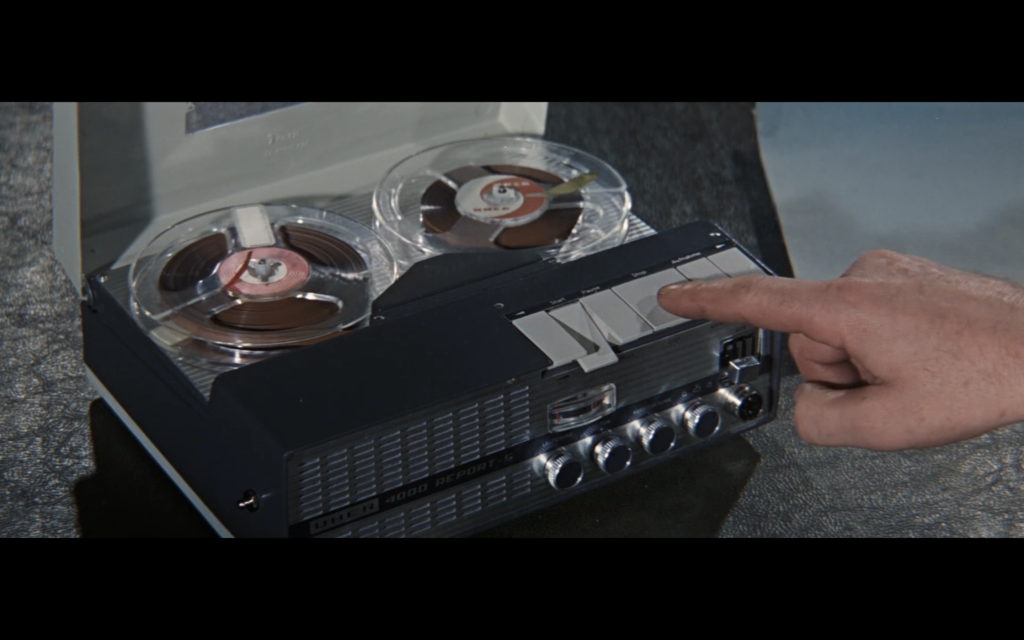
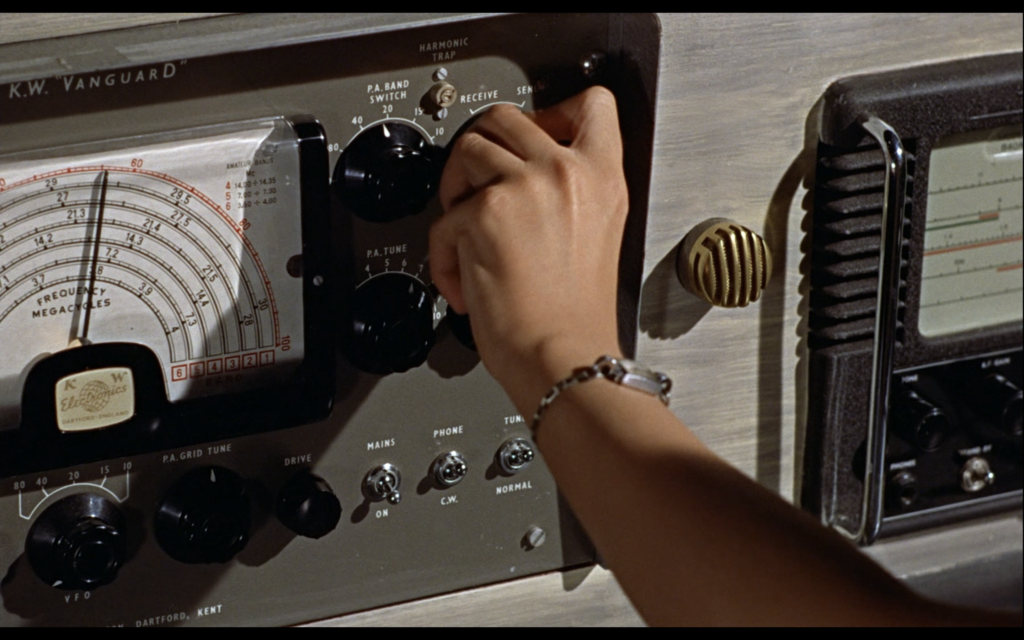
For thousands of years, it was not possible to capture or record sound. Before the
invention of the recording device, a sound was authentic that only resounded at one
place and time, and its exact reproduction was not possible. Our knowledge of music,
sounds and acoustic events from the past before the invention of recording
technology, is mainly based on graphic notation and written testimonials. “To translate
is to convey”. To translate is to transfer, to transpose, to pass on. For example, in his
diary, the German explorer Alexander von Humboldt wrote that the sounds of the
Orinoco were not as loud during the day as they were during the night. The detailed
description of his observation may not be exact, but it does give us a good idea of the sound situation as experienced by Humboldt. The development of sound recording
and reproduction has enabled us to capture and relocate sound. But an isolated sound
or sound recording often gives an inaccurate image of a specific place or sound
source. In this research project we want to investigate the way we perceive the environment
around us through listening, using the audio topographic method: descriptions
(graphic/audiovisual image, text, sketch) of the auditory characteristics of a place or
location. Sound perceptions do not only belong to the ear, but auditory information
can also travel through another sensory channel. We want to break away from the
quasi-objective language to describe a sound, because these semi-scientific
descriptions mainly deal with the acoustic and physical aspect. But sound is
ephemeral, fleeting and elusive, and cannot even be fully captured in words.
Audio topography
The Interaction of Sound, Space and Medium
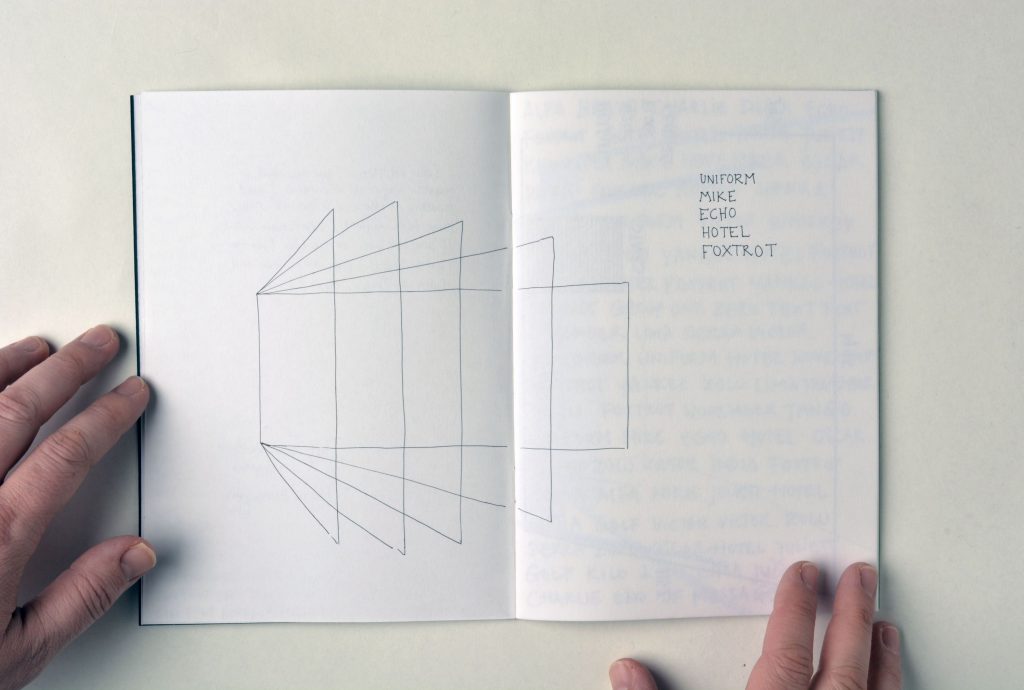
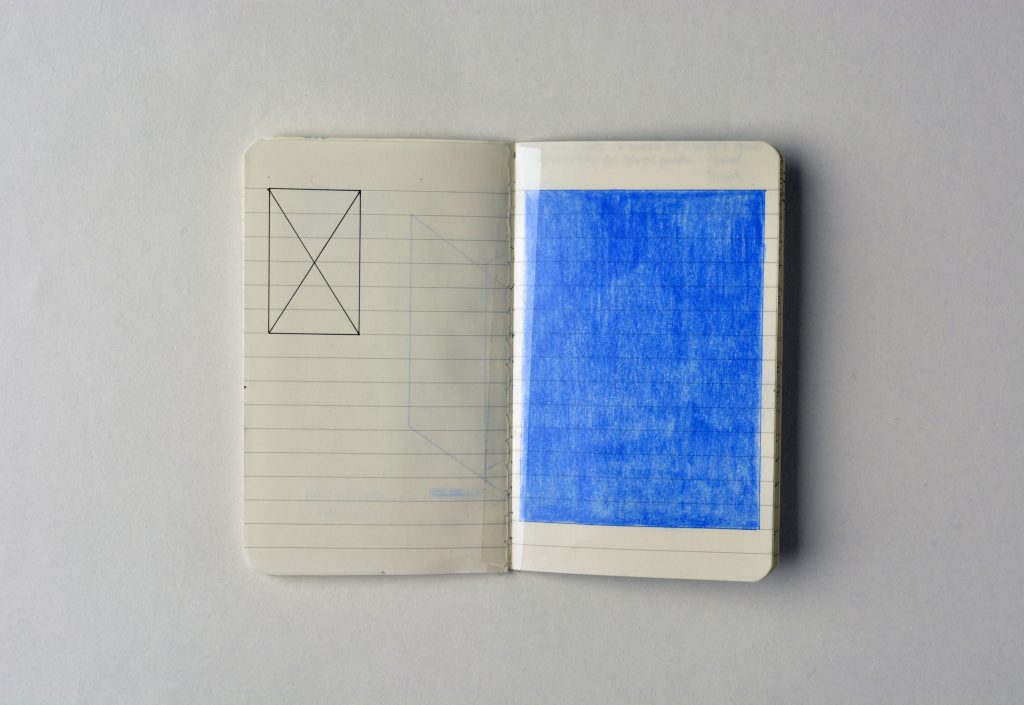
For thousands of years, sound waves were not able to be captured or recorded. According to Canadian composer, writer and environmentalist R. Murray Schafer, are sounds originals before the invention of a recording device, appearing at a certain place and time. Most of our knowledge of sounds, tones and acoustical events in the past comes from graphic notation systems and written witness accounts. For example, in his journal, German naturalist and explorer Alexander von Humboldt wrote that the sounds of the Orinoco were not as loud during the day as during the night. According von Humboldt, this change in volume was probably caused by the high temperature during the day, creating a density in the air, which would mask the water sounds. This observation is maybe not accurate or even complete, but it gives us a good idea of the sonic situation as experienced by Humboldt.
To understand what sound is, one must look for similarities and differences between sounds through analysis. In the research project “Audio topography” we focus on the study and analysis of field recordings and sonic reports which we can find sound archives. Following the concept “keynote sound” proposed by Schafer: “a sound which is created by its geography and climate, often possesses archetypal significance and may affect the behavior and lifestyle of a society.” Spatial, acoustical, cultural and historical features of sounds would result in an “audio topography”. It is our intention not only to study and map auditory environments, but to create installation works, which are composed out of audio topographies, multi-dimensional audiovisual works, where sounds and images are distributed in space by multiple sources.
Exploring Spatial Narratives
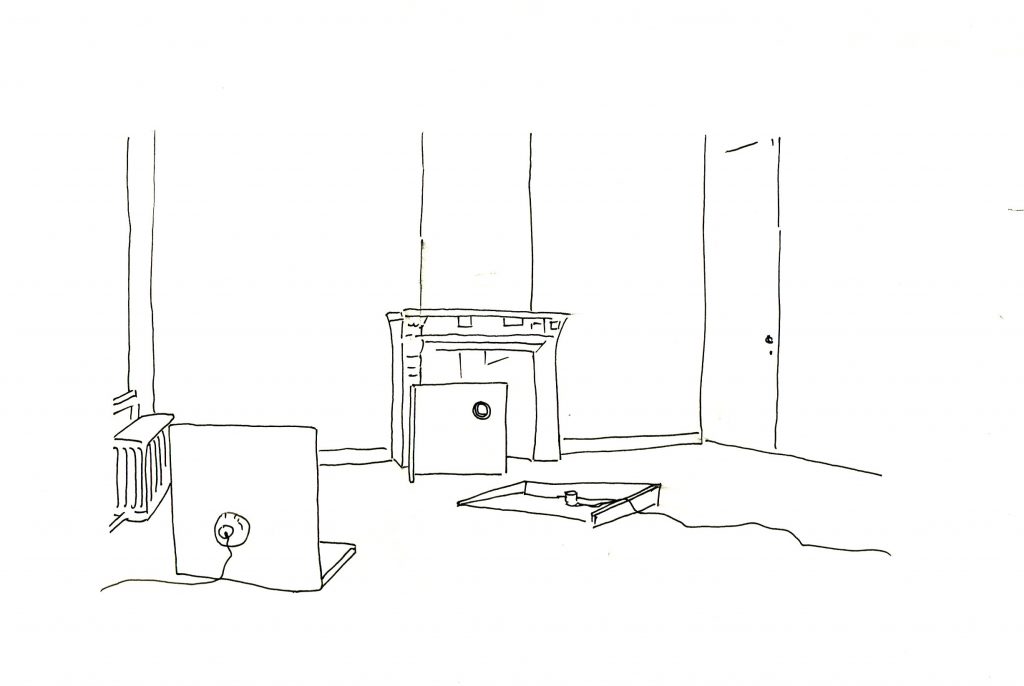

Our daily encounters with spaces resides in the ordinary, often the primacy is given to the visual sense. A space is not only the ceiling, walls, floor, or the configuration of the objects, but it has a wider context. It is not empty, but belongs to a community of people, and is filled with historical, cultural and geographical legacies, stories and memories. In this practice-based artistic research project we want to rebut the idea that a space is something static and unchangeable, which has important societal and artistic repercussions. We want to investigate spaces in their different shapes and forms, with a concern for the social conditions and the political context of spaces. Through close reading, historical analysis, ethnographic research and conceptual mapping, we are collecting data and found footage, subsequently to transform physical spaces to places for spatial narratives. We allow people’s narratives to enter, and dialogue. Key to this project is our insider position, to become more personally acquainted and intimate. By immersing ourselves into a space or situation, spending intense periods of listening, looking, and sensing, we won’t remain observers. Within the tradition of the poetics of noticing initiated by philosopher Henri Lefebvre, writer Georges Perec and others, we will design creations and strategies to represent things which are below the surface, in order to produce a multitude of spatial narratives, in which existing and newly generated ones lead to new perceptions and experiences. In this multi-layered spatial narrative, we would like to invite the viewer to immerse, engage and participate. We avoid the idea of the maker who is not present, but we are participants, and therefore we can influence a given situation. The artist is a mediator who makes us aware of the presence of these narratives and creates new ones, through the relation he constructs on location, and the relations he makes visible.
Umwelten
On the Creative Act

Drawing Jacob von Uexküll from ” A Foray Into the Worlds of Animals and Humans: A Picture Book of Invisible Worlds” (1934)
“All animals, from the simplest to the most complex, are fitted into their unique worlds with equal completeness.” – Jacob von Uexküll
The UMWELTEN research project takes inspiration from Jakob Von Uexküll’s ‘A stroll through the Umwelten of animals and humans’. In this book from 1934, the Umwelt stands for the sensory world, in which an organism exists and acts as a subject.
Biologist Von Uexküll was not pondering over art and architecture when he wrote about the dealings and depths of the Umwelt. Nonetheless, his imaginative ideas about the mysterious ways of creation, action and reaction have inspired artists, architects and theorists alike. What sparks creation? How do sensations, intuitions and fascinations lead to creation and invention? Do painters, writers, designers or architects prefer a different environment? What strategies do they use to get their work going? And do they need each other or can one create from isolation?
A closer look at the Umwelten of artists and architects can give us a better understanding of the creative act, its surroundings and the interdisciplinary exchanges that are part of it. Therefore, we have challenged artists and architects to answer one or more of ‘Seven Questions’ that deal with their personal Umwelt. Some have answered by means words, others have sent us an image. As an alternative approach, some received a mysterious package that challenged them to reflect or act upon their Umwelt.